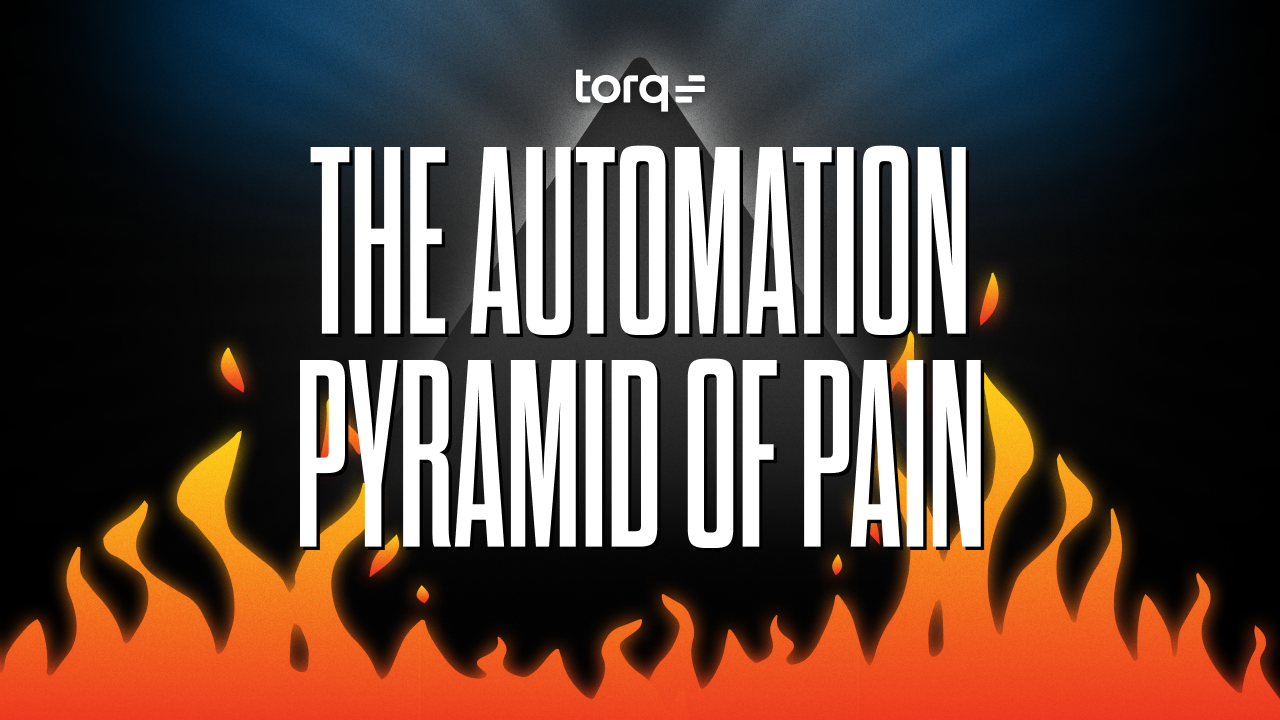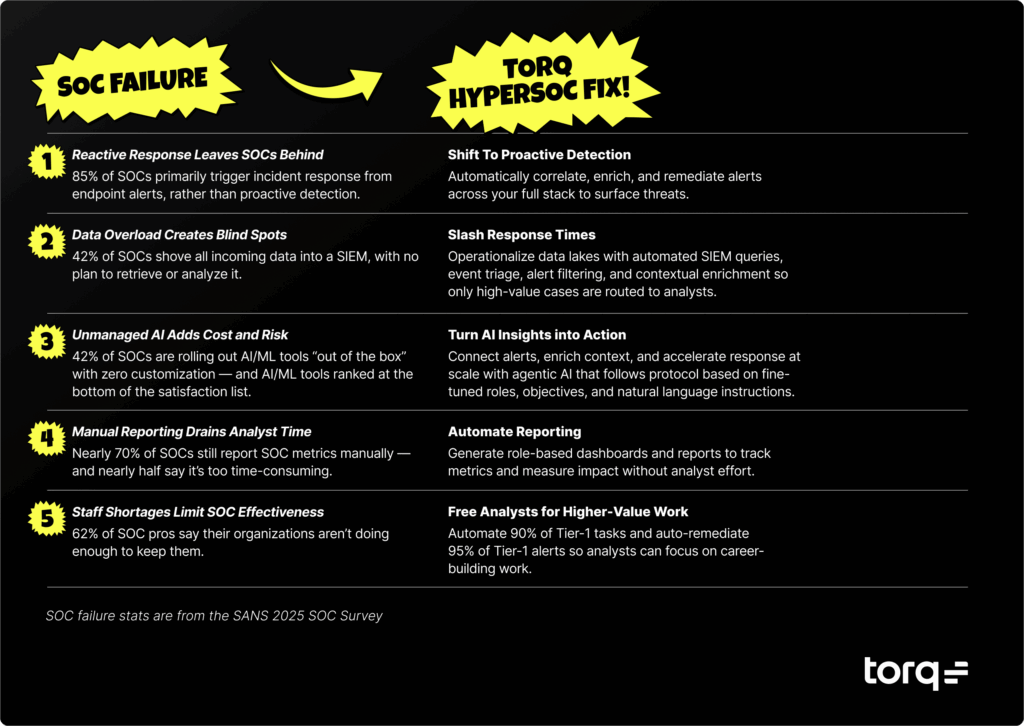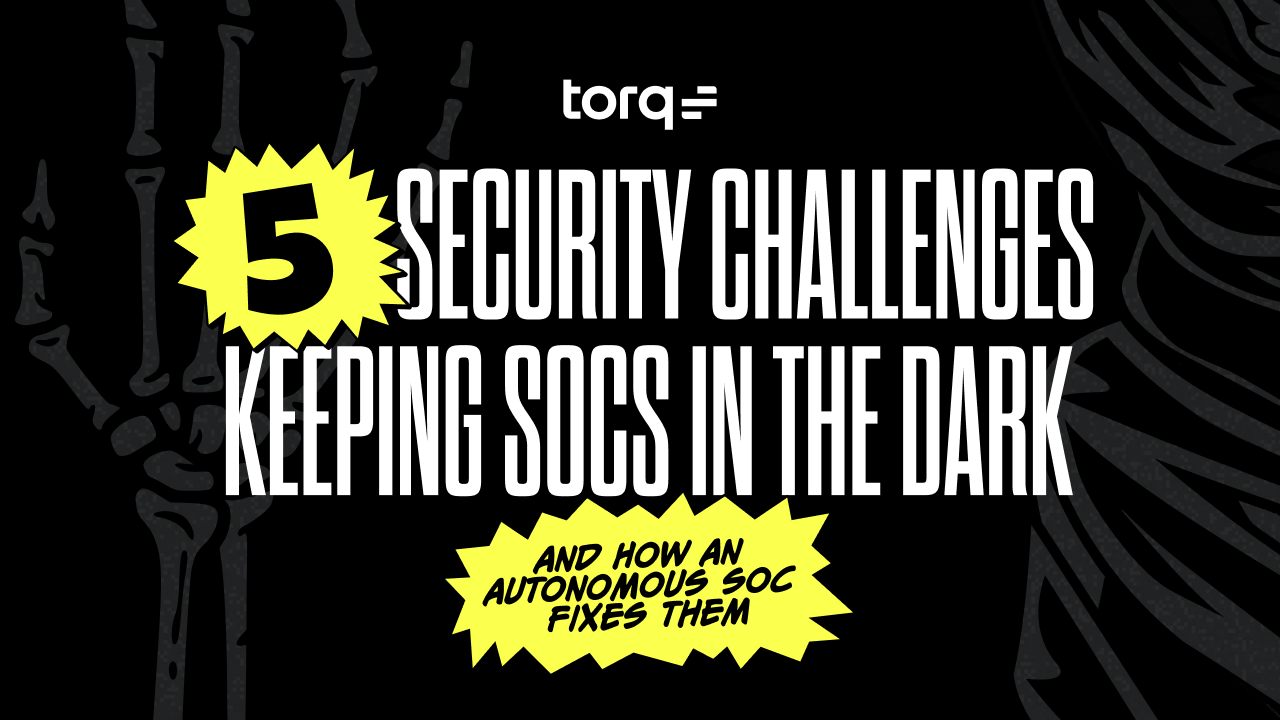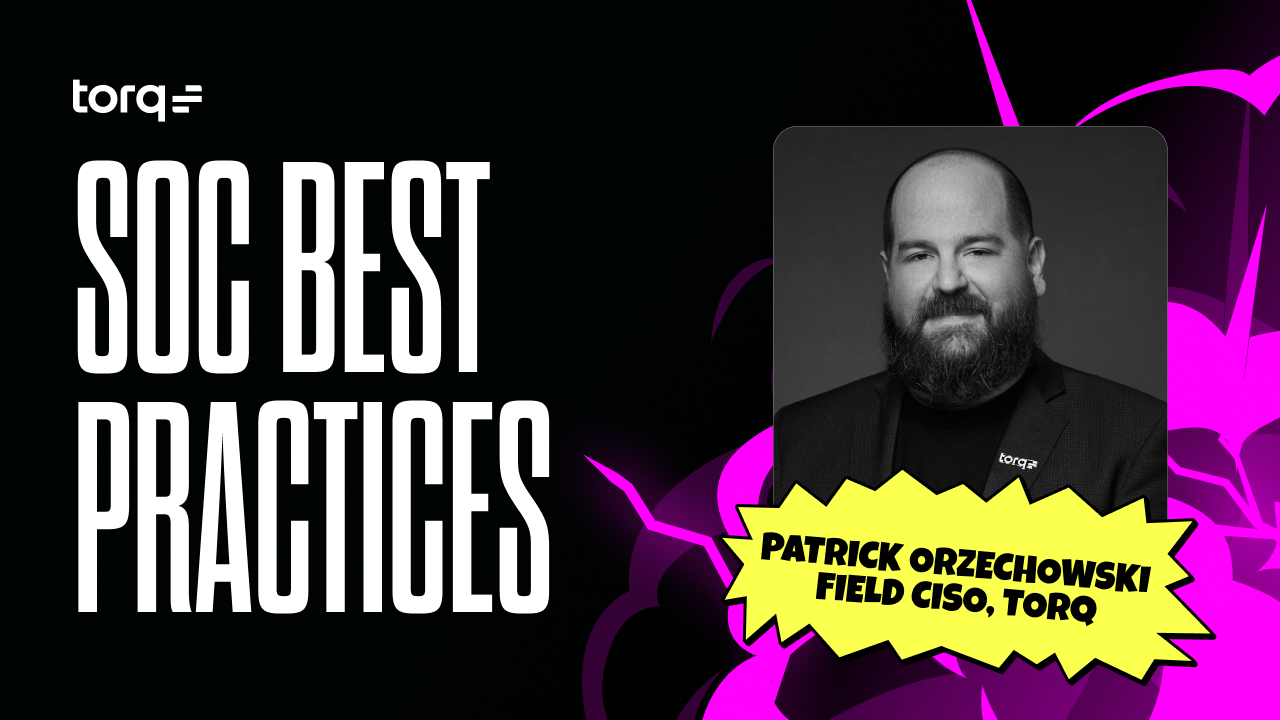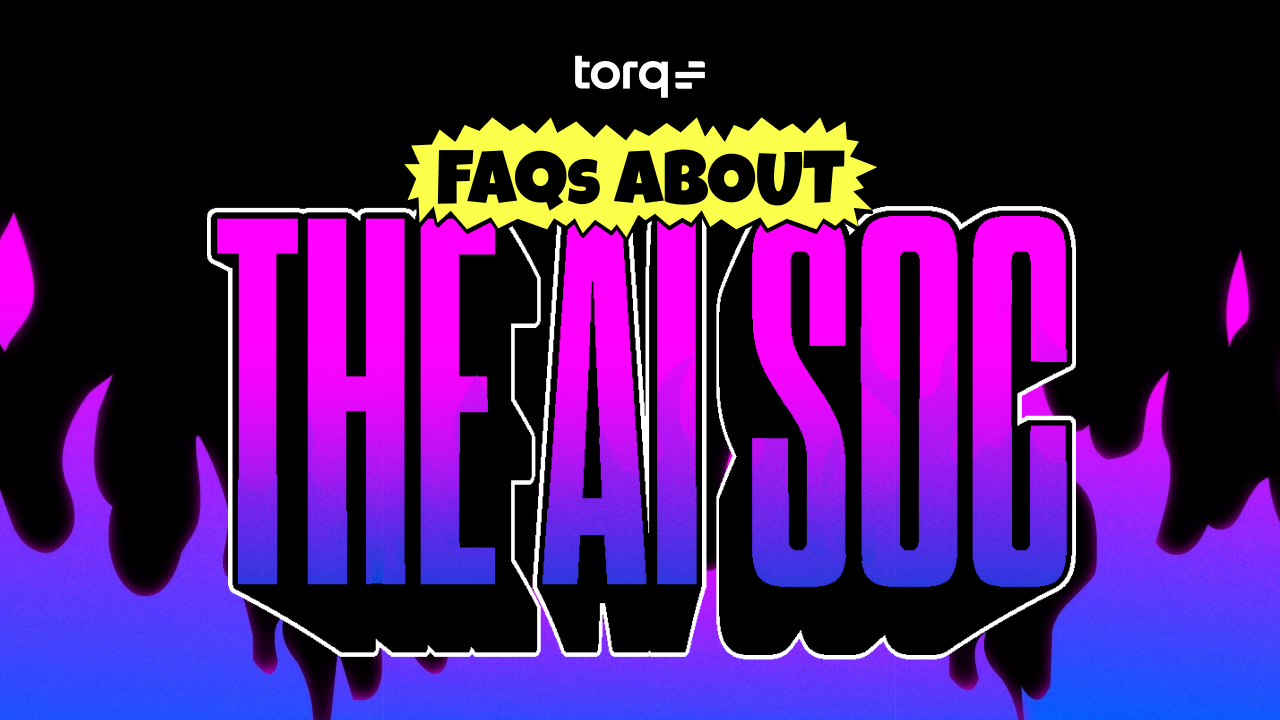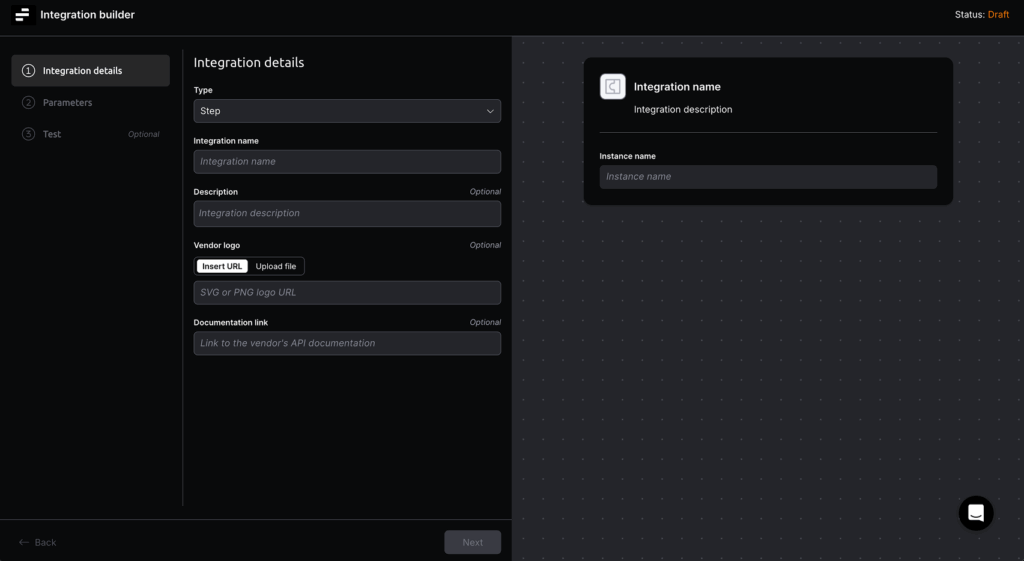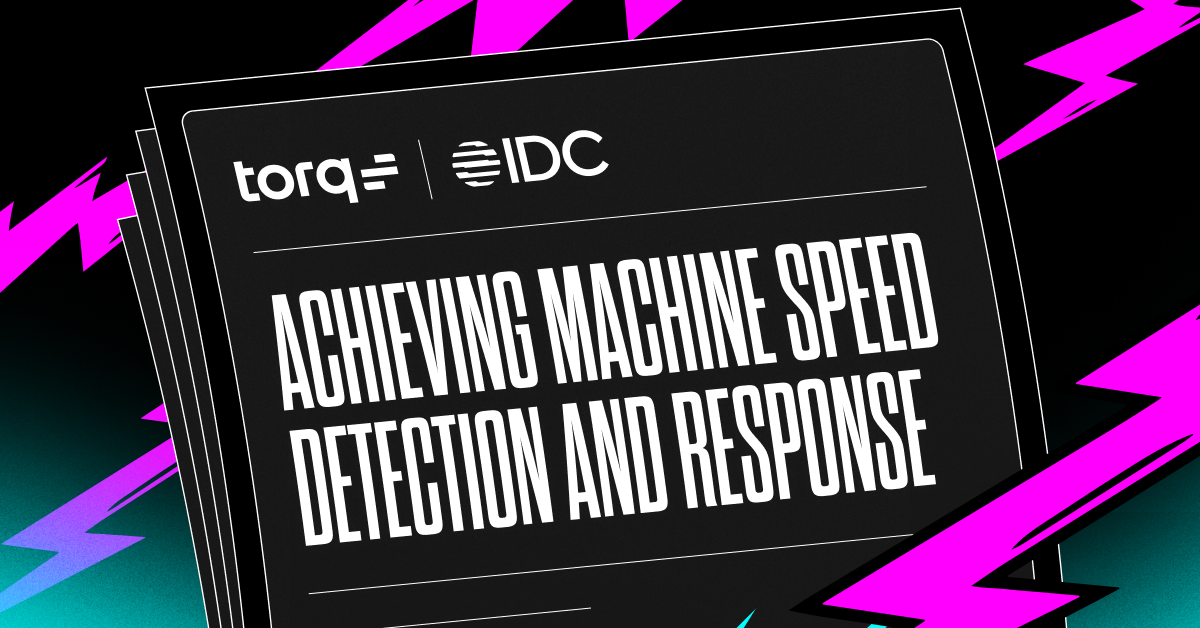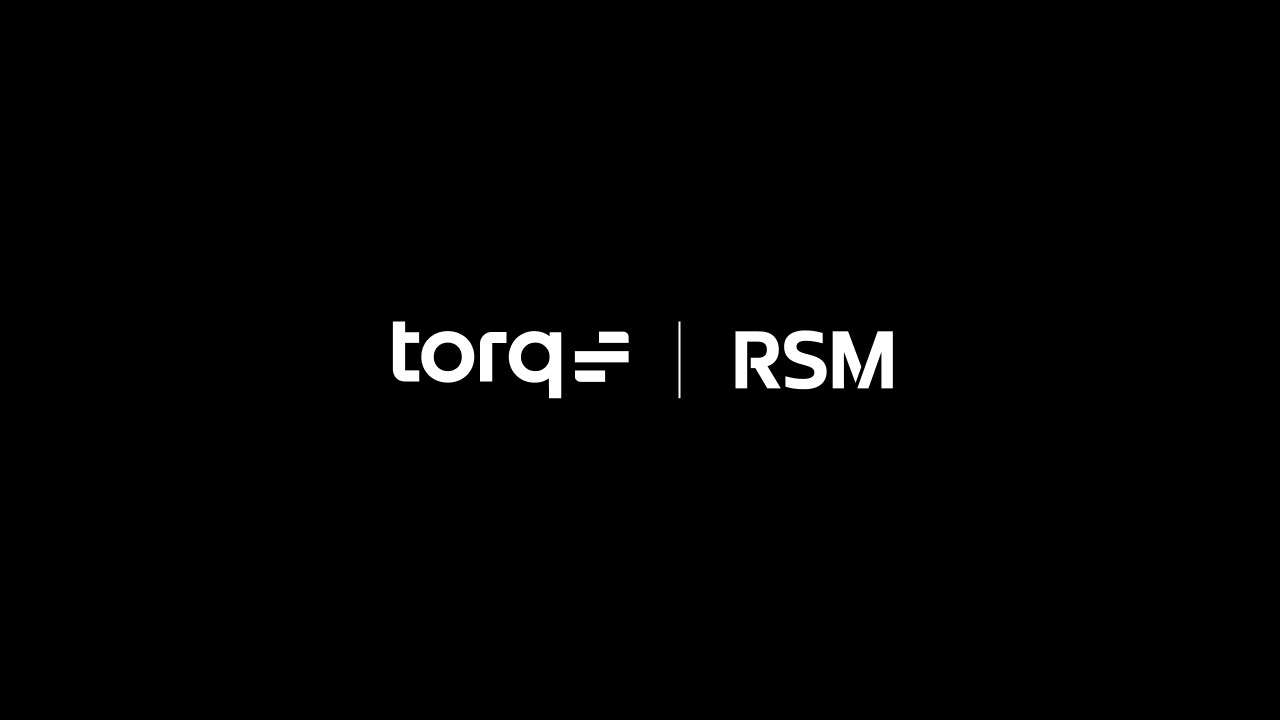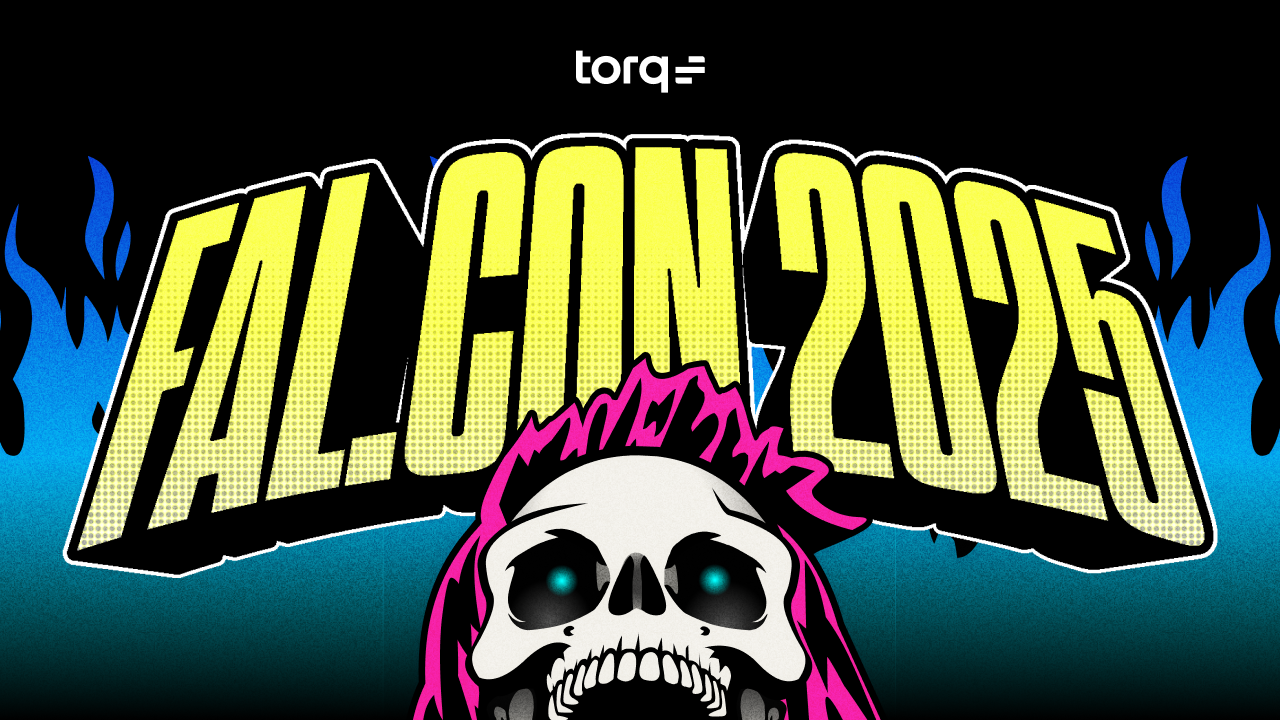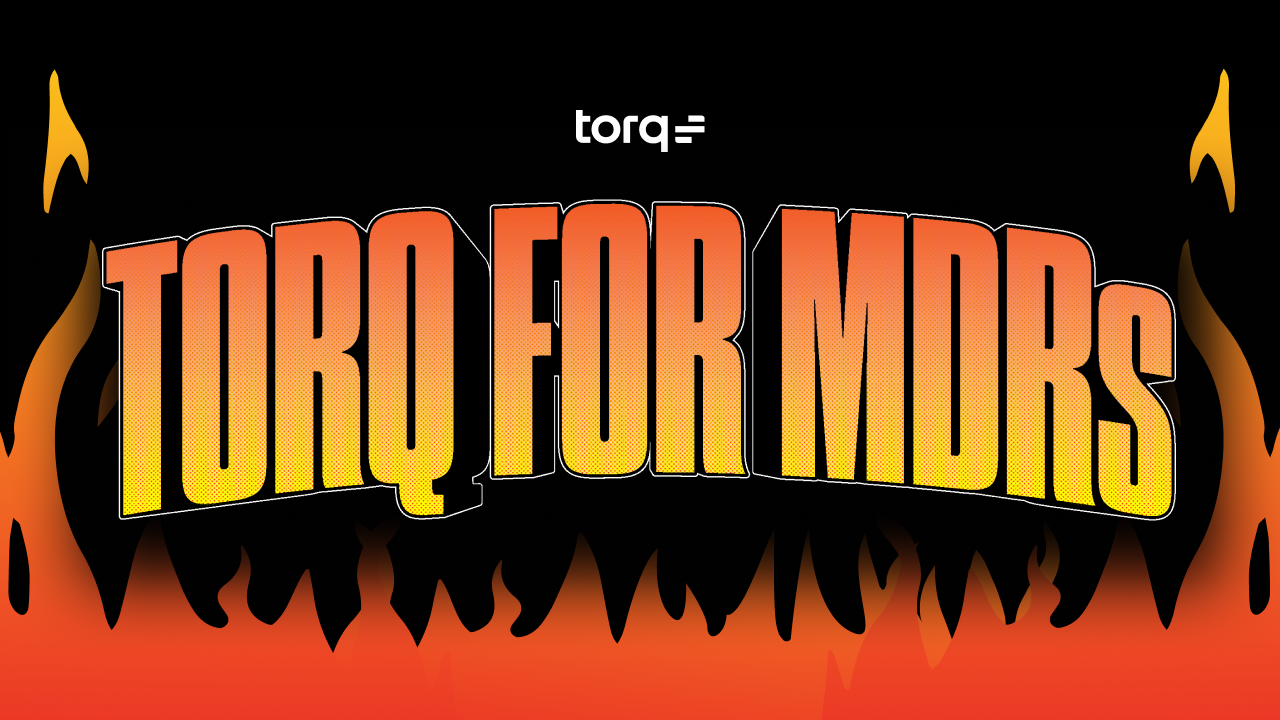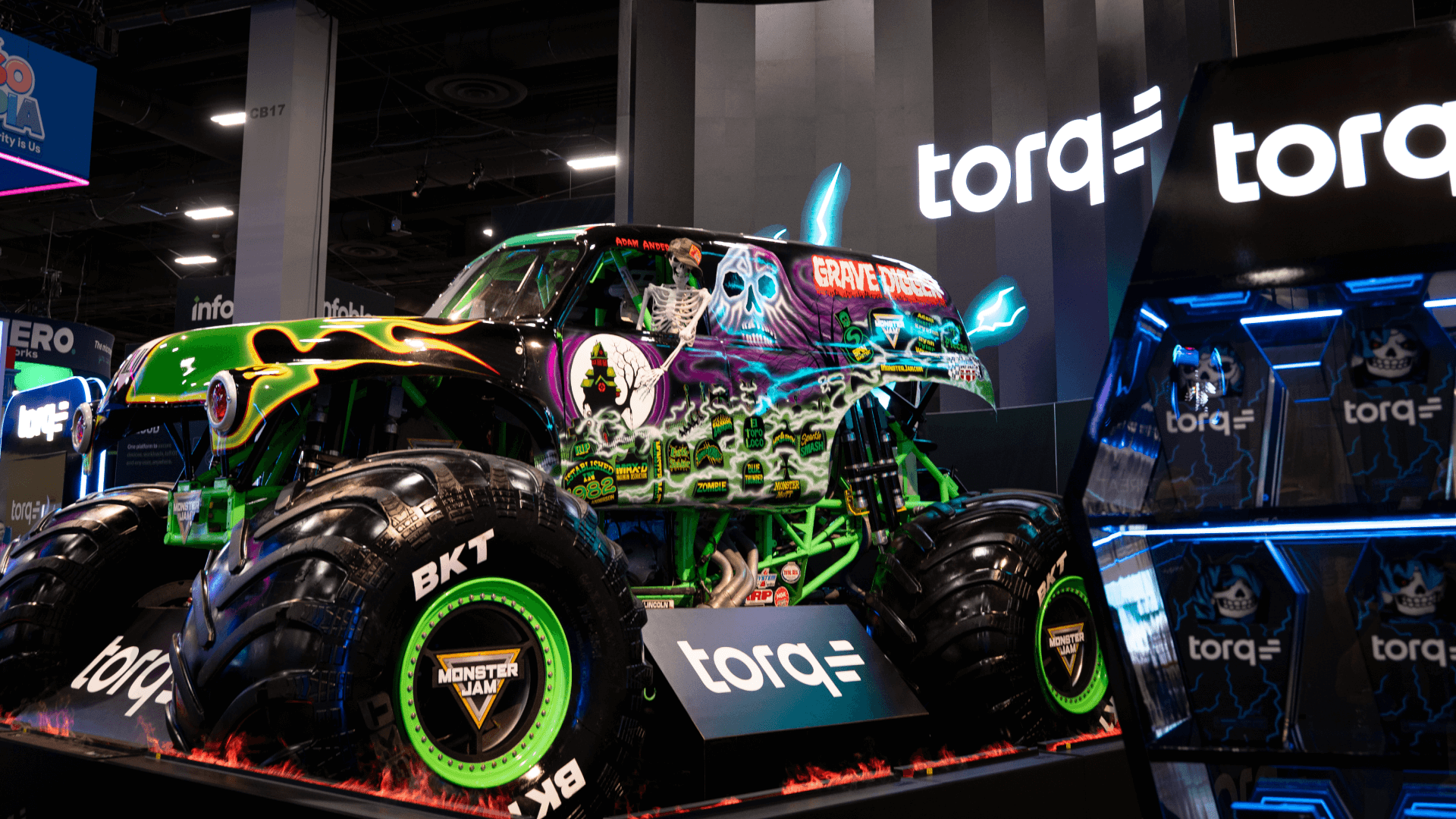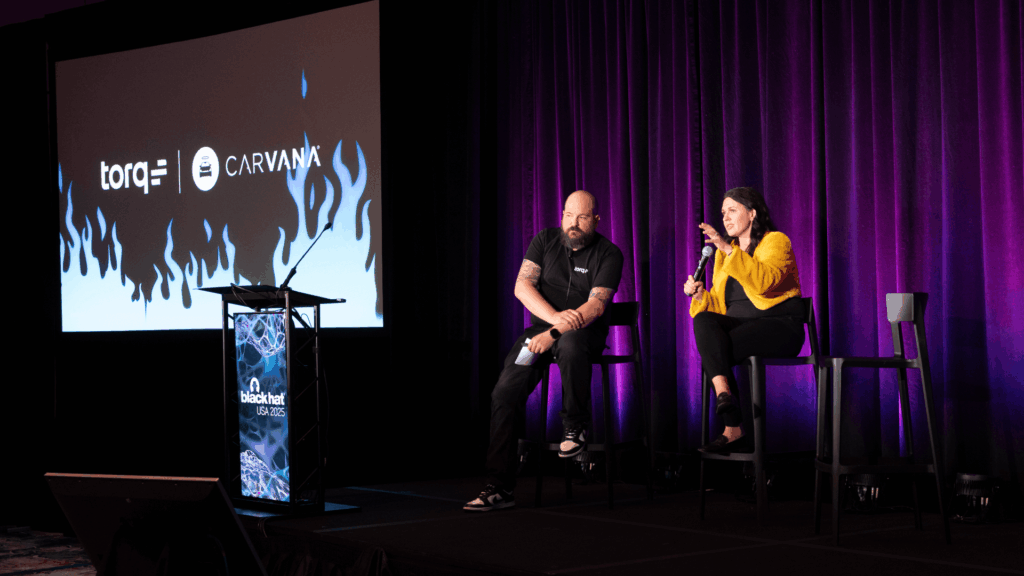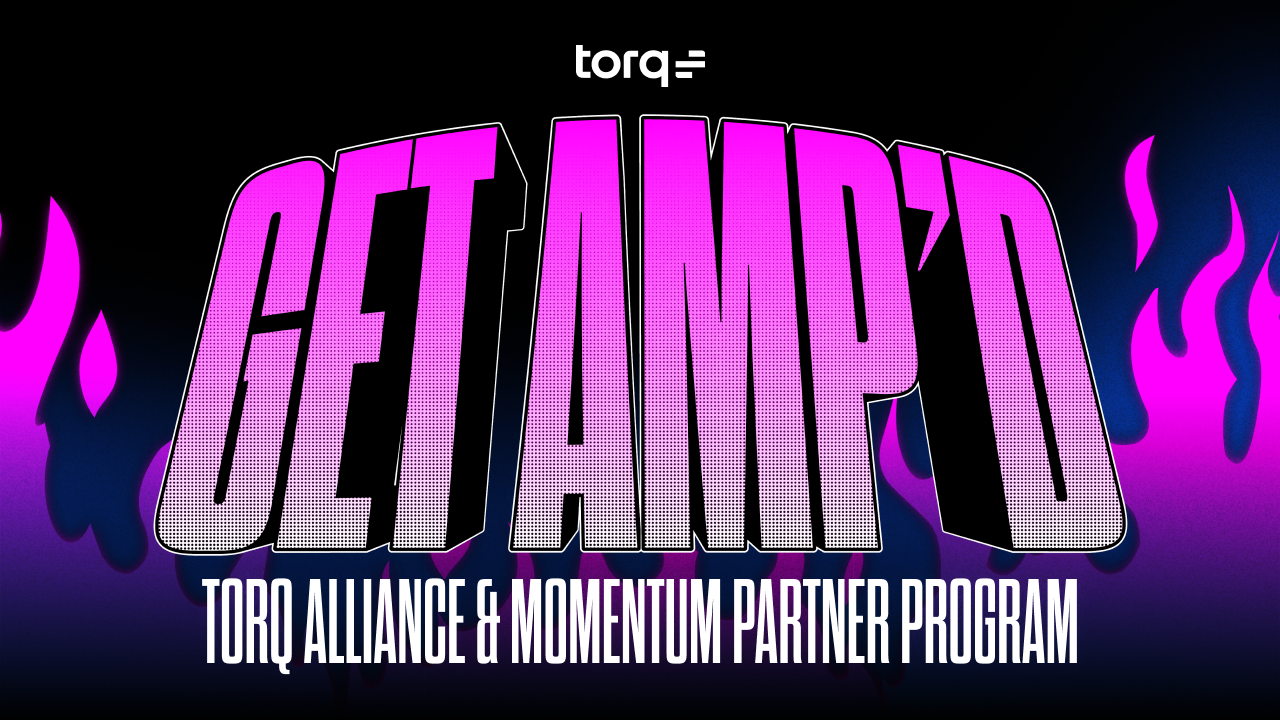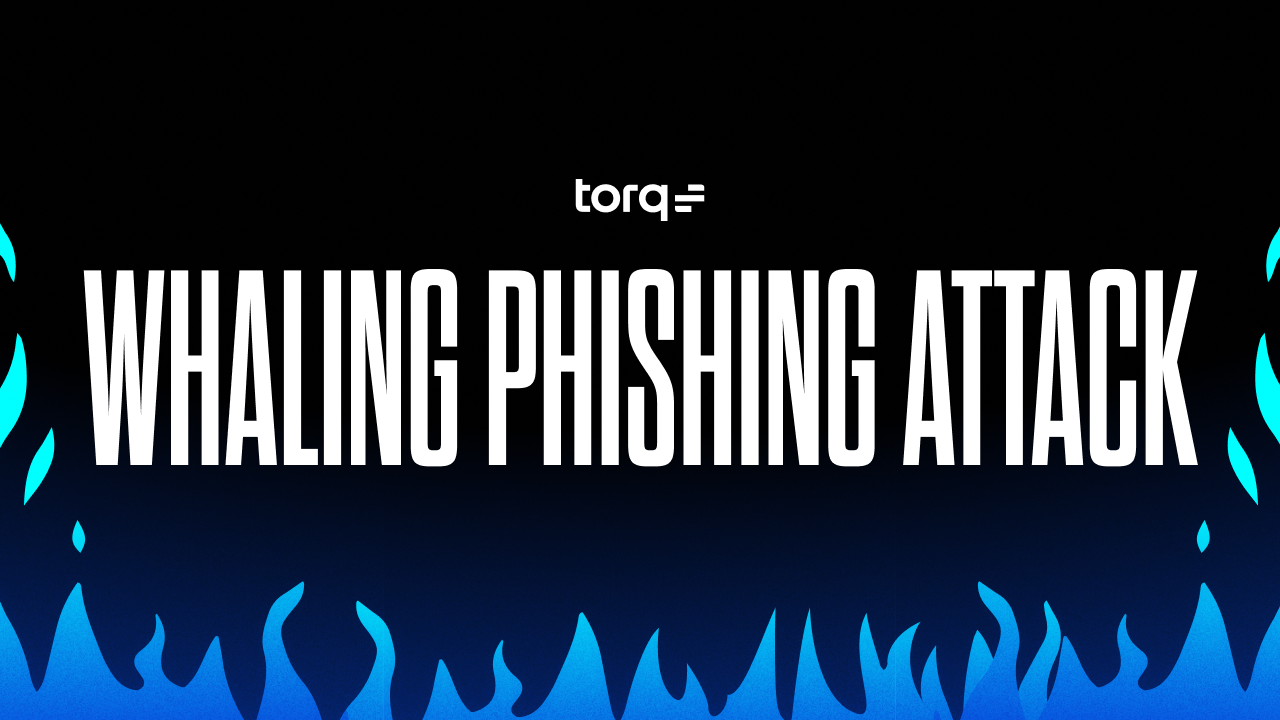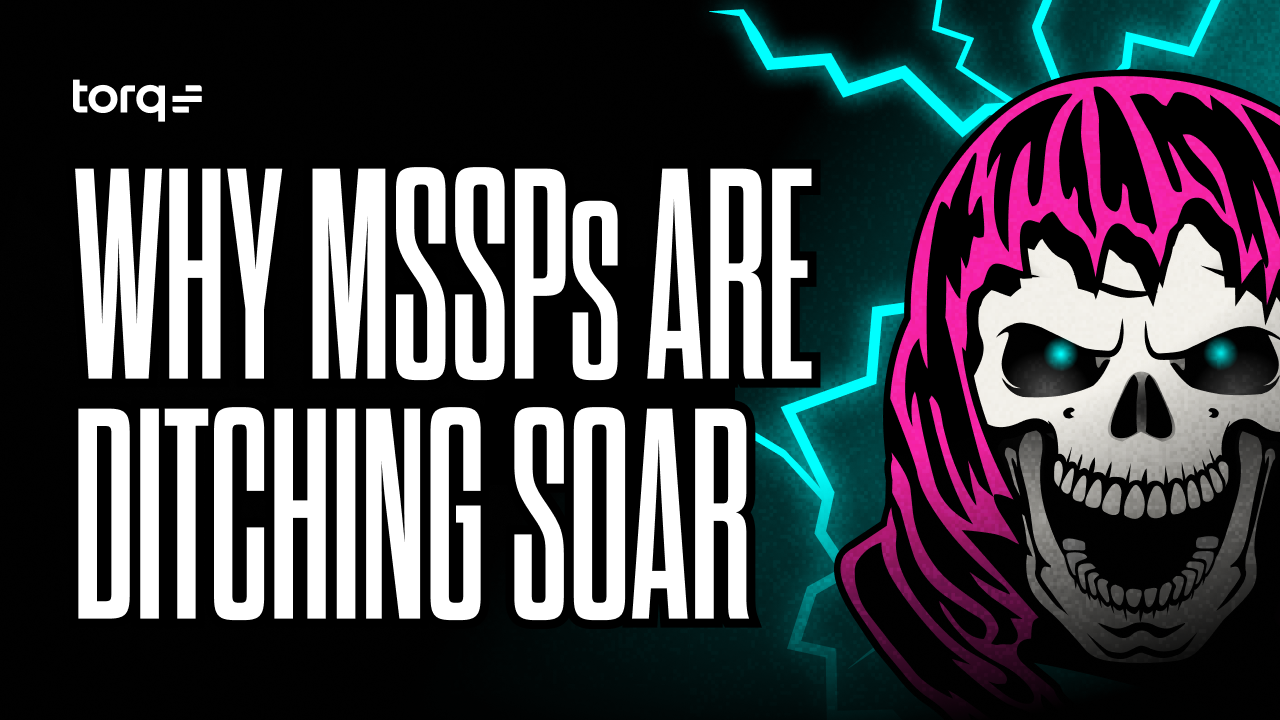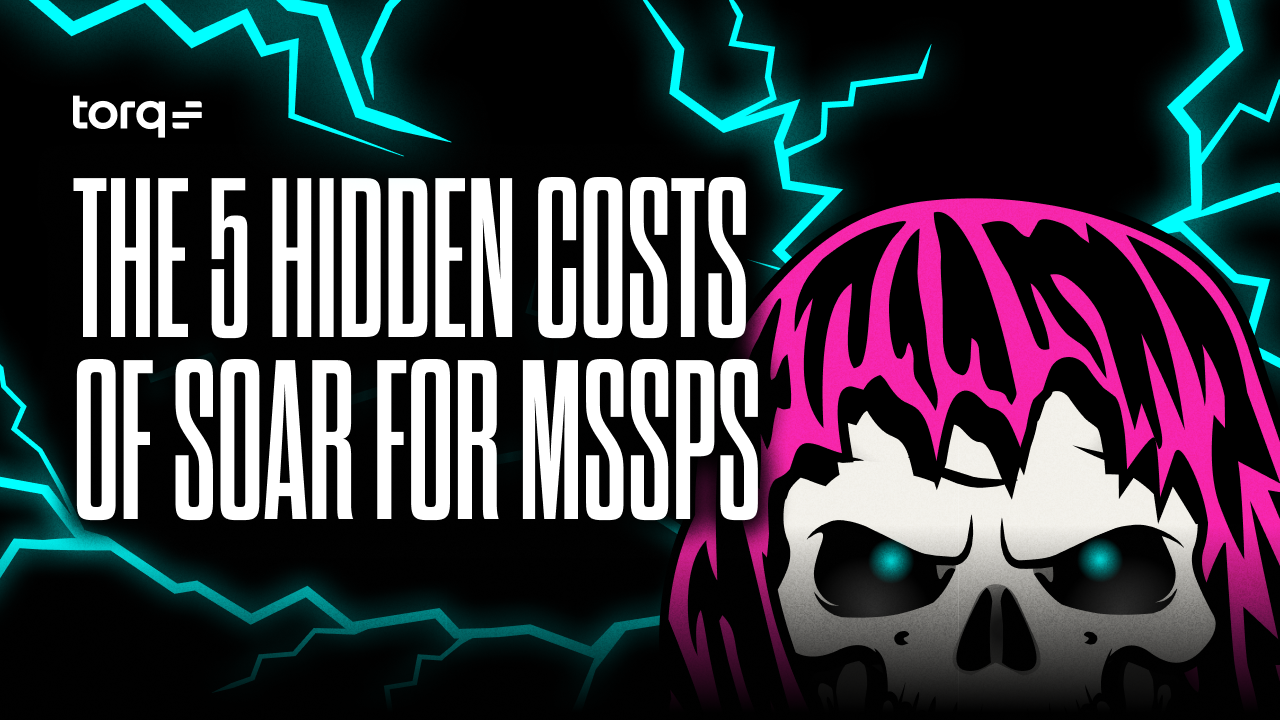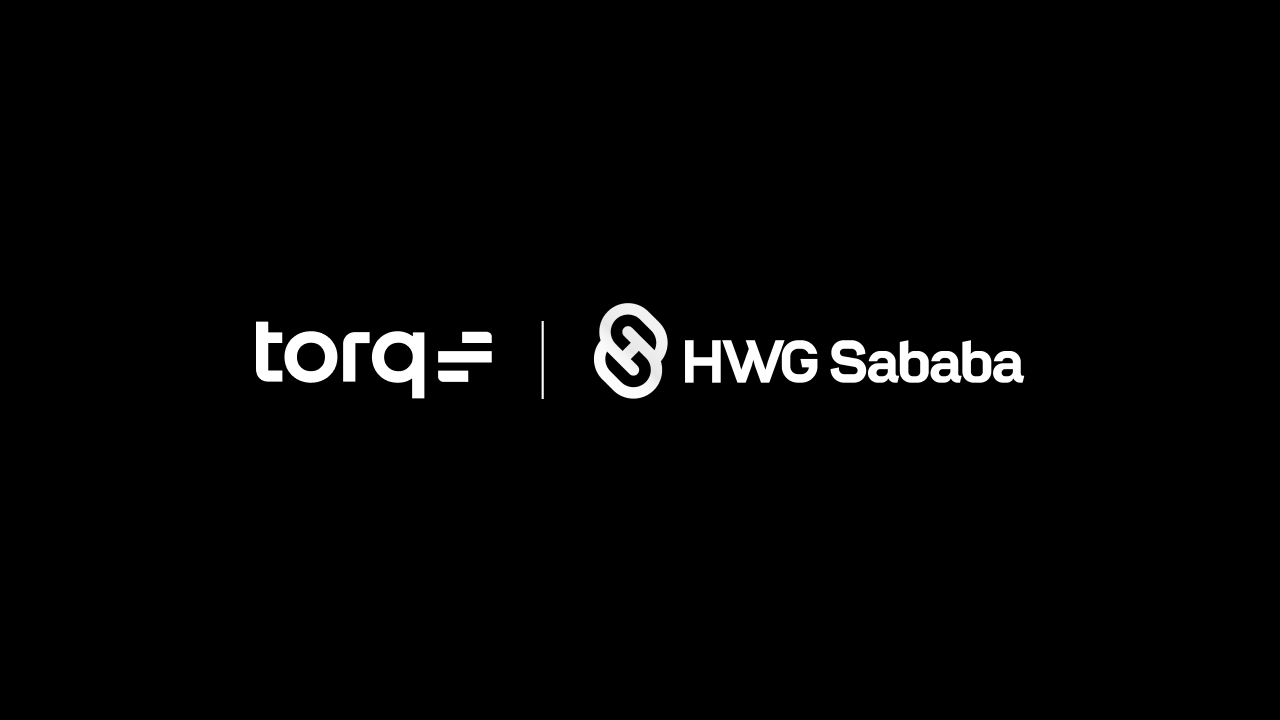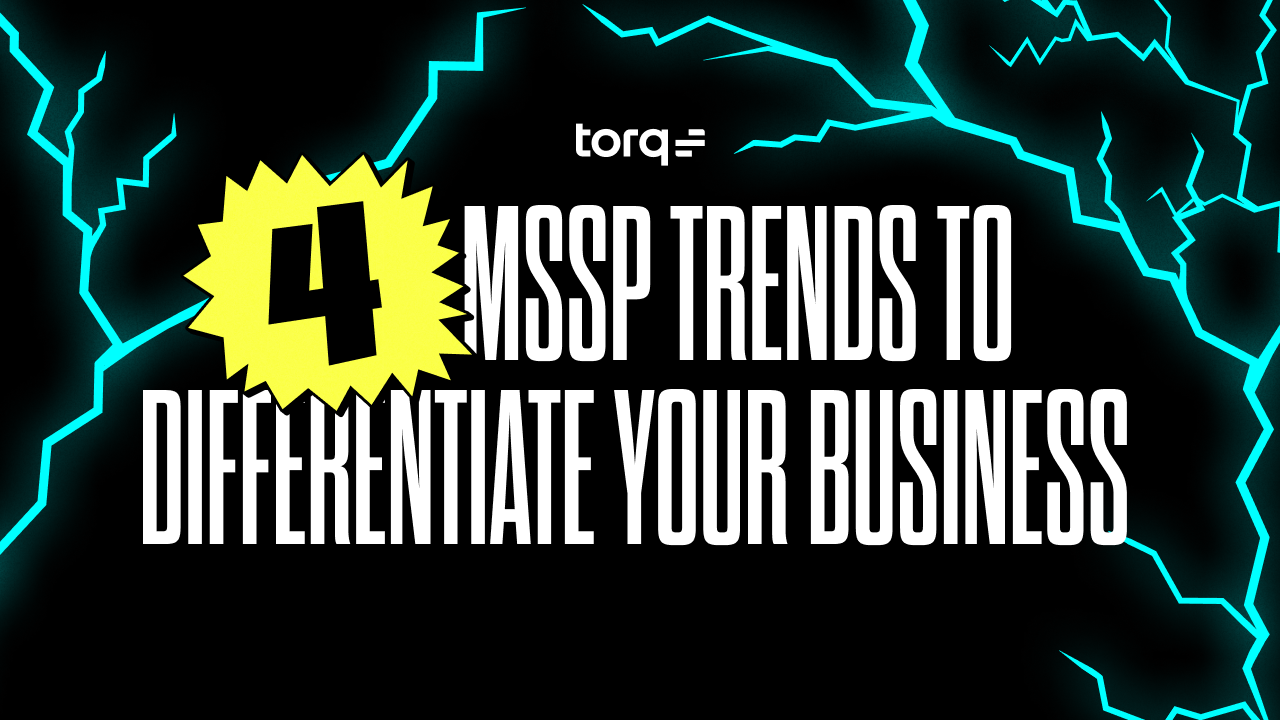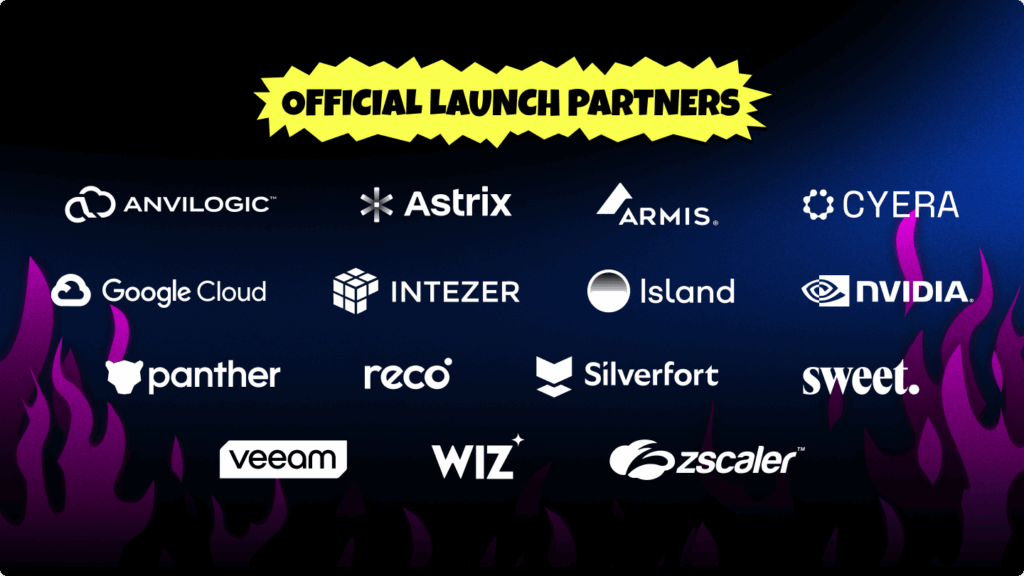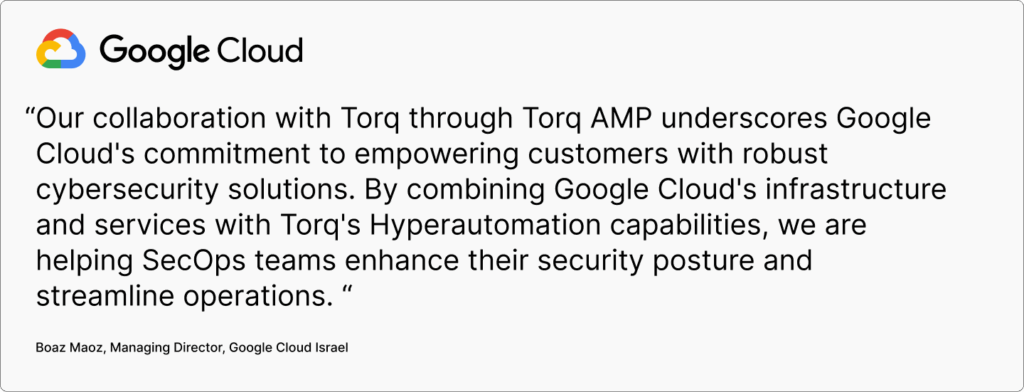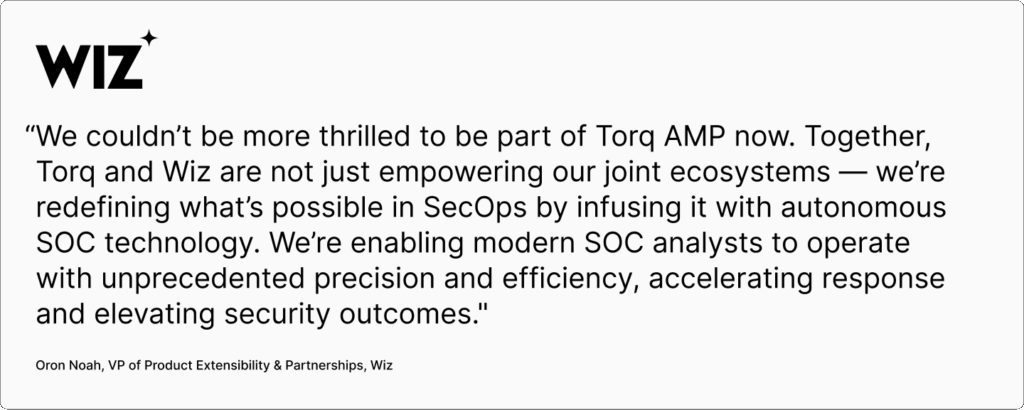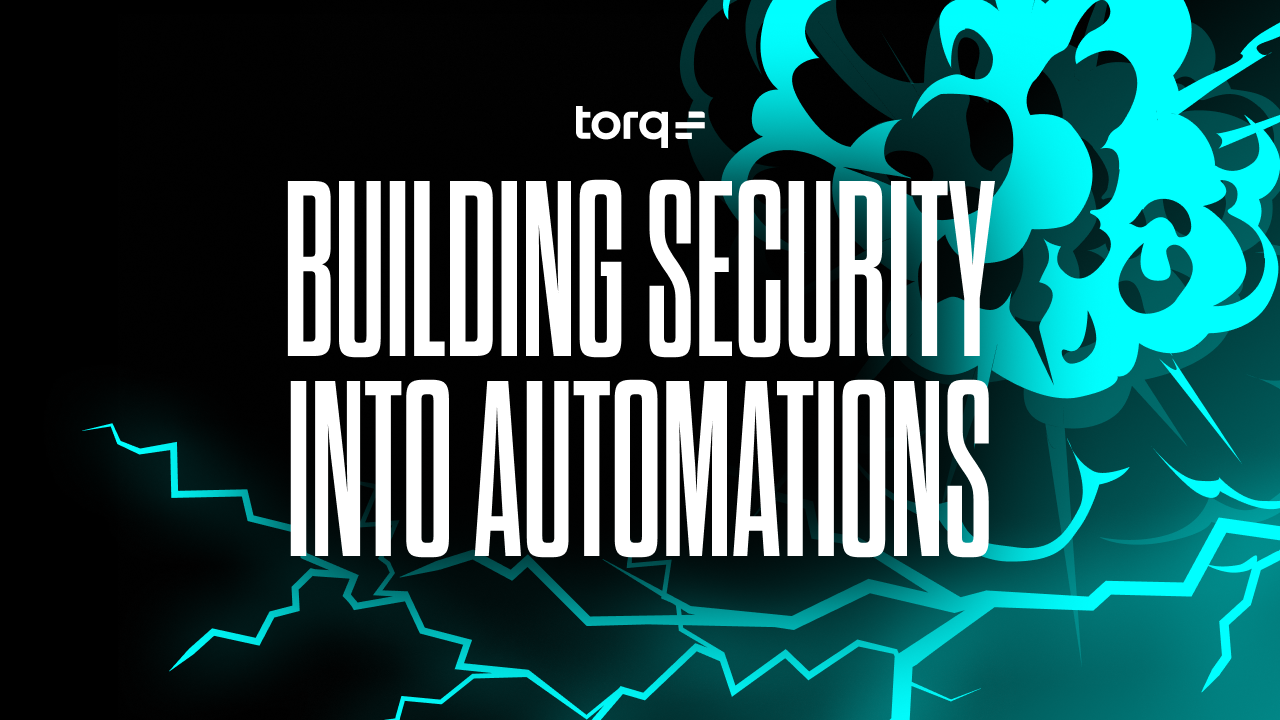Contents
You know the scene. The low hum of the servers in the server room, the cold glow of the SIEM dashboards on a wall screen, and a flood of alerts that never ends. For security teams, the promise of being on the frontlines of digital defense often crumbles into a daily grind of alerts, tickets, and long shifts that leave even the best analysts exhausted. If you’ve ever felt like the job is more about being a cog in a perpetual motion machine than hunting actual threats — you’re not alone.
The good news? Security automation isn’t here to replace analysts. It’s here to make the job worth doing again by taking on the tedious work that burns people out and slows SOCs down.
Below are some of the most common pains in the SOC, and how Torq HyperSOC ™ can make a real difference thanks to advanced case management, Hyperautomated workflows, and a collaborative AI SOC Analyst.

The Seven Levels of SOC Hell (and How to Escape)
“In my opinion, working at a SOC was either a joke or absolute hell with little in between.”
1. The Eternal Fires of False Positives
The Pain: A recent survey found that nearly 60% of SOC leaders and practitioners simply have too many alerts. You’re forced to chase ghosts — an IoT device beaconing to a Russian IP, a routine software update flagged as a command-and-control server. The system is designed to generate noise, and you’re the human filter.
The Torq HyperSOC Fix:
- Automated enrichment adds context to alerts before they ever hit your queue, shutting down the noise at its source.
- Automated scoring and filtering ensure you only see what really matters.
- Known false positives are closed automatically.
The Result: The ghost alert from the IoT device is auto-closed with a ‘known benign’ tag, a silent monument to a waste of time that never happened. Your existence is no longer defined by chasing shadows — instead, your time is spent investigating and remediating real, critical alerts that arrive in front of you with enrichment and context baked in.
2. Shift Handoffs: The Art of Getting Screwed at 6:59 am
The Pain: Ah, the shift handoff — always leaves you spending more time piecing things together than moving cases ahead. The previous analyst leaves a few vague notes, a trail of breadcrumbs leading to nowhere, and you’re left to figure out where to go next with the incomplete investigation you just inherited. The system rewards individual survival, not collective success.
The Torq HyperSOC Fix:
- AI-generated case summaries capture every step of the investigation.
- Automated playbooks enforce consistency across shifts.
- Socrates, the AI SOC Analyst, provides a clear, factual summary of the overnight events, stripped of human error or forgetfulness, ensuring consistency in perpetuity.
The Result: You arrive at your terminal to an AI-generated summary of every event that clearly shows where every investigation stands and every action taken, so you can get up to speed fast. It’s like having a personal scribe who never sleeps and never forgets.
3. Customer Interactions: Between a Rock and a Clueless Place
The Pain: You are the frontline dealing with customers who don’t know their own networks. You may be the final authority, but you’re forced to babysit interactions with customers who clog up the queue by opening priority one (P1) tickets for their own phishing tests.
The Torq HyperSOC Fix:
- AI chatbots act as a faceless, tireless Tier-1 interface, deflecting the mundane back-and-forth.
- Context-aware automation automatically suppresses and closes known test alerts, silencing the false alarms before they ever reach your queue and ensuring that your only interaction is with real threats.
The Result: The system identifies a simulated phishing attack and closes the ticket without you ever seeing it. The only time you’re involved is when a confirmed critical issue requires your attention.
4. Alerts Have Names, You Don’t
“Alert fatigue is killing us. We get hundreds of alerts daily and 90% are false positives… The worst part is the one time you ignore an alert, thinking “probably another false positive,” ends up being the real deal. Meanwhile, management keeps asking why we’re not investigating every single alert faster. Like yeah, let me just clone myself real quick.”
The Pain: You feel like a cog in the machine. Your victories are anonymous, your failures are public, and you feel like you’re always one missed alert away from catastrophe. The system tracks tickets, but it doesn’t track you.
The Torq HyperSOC Fix:
- Intelligent dashboards track analyst contributions, making your value visible to leadership.
- Generative AI summarizes major incidents and assigns credit, giving you a name for your actions.
- Efficiency and accuracy get measured, proving your worth beyond a simple ticket count.
The Result: You crack a complex credential stuffing campaign and, instead of a generic resolution, the AI-generated incident report lists your exact actions. You finally get credit for the work they do — and managers see the value you bring.
5. Death by Ticketing System
The Pain: The ticketing system can feel like a labyrinth designed to slow you down, a complex flow of queues and reassignments that delays real action. You’re trapped in a digital bureaucracy.
The Torq HyperSOC Fix:
- Seamless integrations between your ticketing system and detection tools automates the flow of tickets and information.
- Tickets are routed efficiently and instantly to the right queue.
- AI summarization condenses log evidence into clean notes, eliminating the need for manual record-keeping.
The Result: A misclassified ticket that once took 45 minutes to reassign is now routed in 4 seconds. The system now serves you.
6. Burnout Is a Feature, Not a Bug
The Pain: The constant pressure, the endless stream of alerts, the cognitive fatigue of sorting the signal from the ocean of noise. The system isn’t just prone to burnout — it makes it practically inevitable.
The Torq HyperSOC Fix:
- AI-driven triage drastically reduces the number of low-value alerts you have to touch.
- Socrates handles 90% of Tier-1 grunt work and auto-remediates 9% of Tier-1 cases — freeing you for more interesting, creative security work.
The Result: A colleague, on the verge of breaking under alert fatigue, now has a system that filters out the low-value noise. Theis gives them breathing room and the bandwidth for engaging, higher-value investigations.
7. So Why Stay? (Or Why You Left)
The Pain: Over half of SOC analysts say stress on the job has made them consider walking away. The promise of a rewarding career became a reality of data overwhelm and endlessly copy-pasting data between windows — and they chose freedom.
The Torq HyperSOC Fix:
- Automation doesn’t replace analysts; it removes the parts of the job that made it unbearable.
- Automation gives you time to focus on genuine threats and your own career development.
- AI empowers you to focus on high-level risk, not the mundane, repetitive tasks.
The Result: You almost left last year, but after Torq HyperSOC was implemented, you now have time to lead threat-hunting sessions. You’re still here — but now you’re a threat hunter, not a human alert filter.
Don’t Die: Get the Manifesto
The SOC grind is real. But there is a way to survive — by using Torq’s AI-driven HyperSOC to regain control. Let’s stop talking about alert fatigue and start redesigning the SOC to be more sustainable and, dare we say, human.
Find out how Torq HyperSOC combats the three core areas of unsustainable pressure in SOCs — across your people, your strategy, and your business impact.





